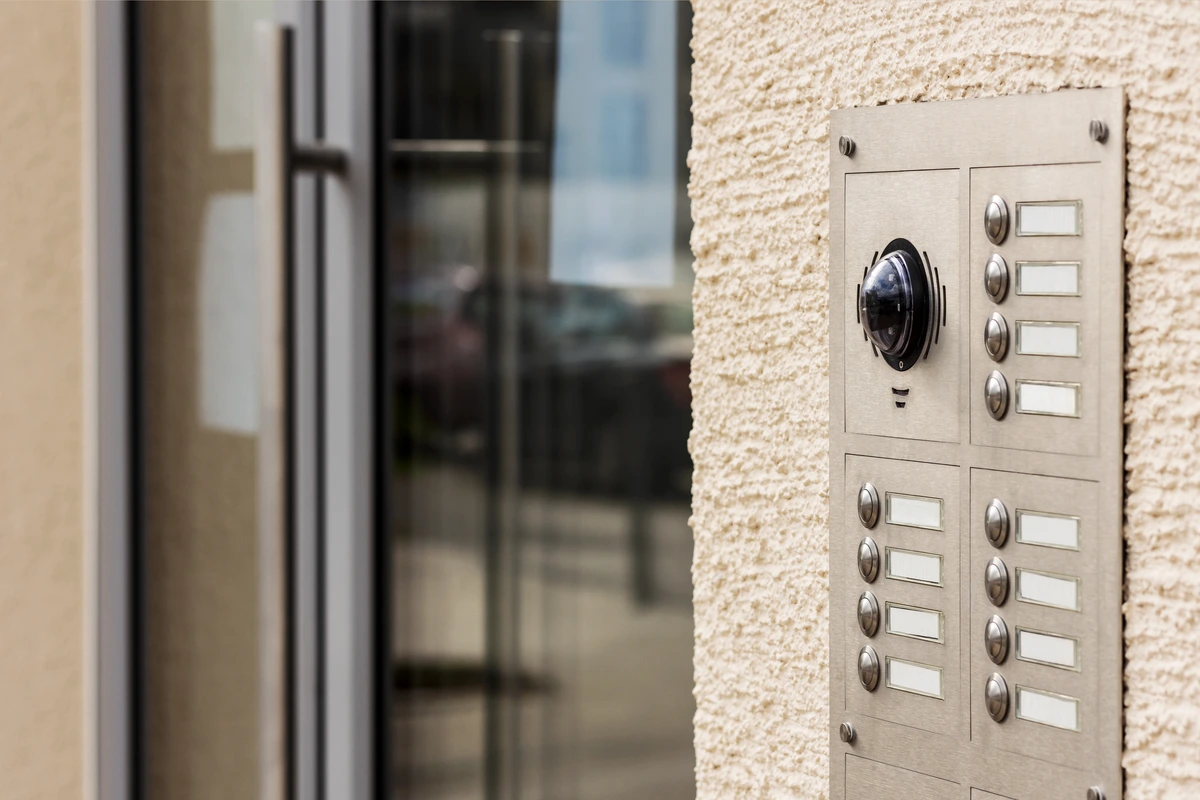Insurance of common areas of residential buildings
Our residential community insurance is a specialized product designed for homeowners’ associations in residential buildings or complexes. This insurance package covers the common areas and facilities used by all residents.
This includes common areas, structural elements and installations, as well as independent and separate parts of the building. The insurance covers risks that may arise in the day-to-day operation of the building, ranging from natural disasters to accidental damage.
Why should you insure your residential community?
Residential community insurance protects property and reduces financial risk in the event of unforeseen incidents. It ensures the stability of the community and provides security for all residents by covering potential damage from natural disasters or accidents. The option of sharing premium costs among residents makes this product affordable to everyone.

